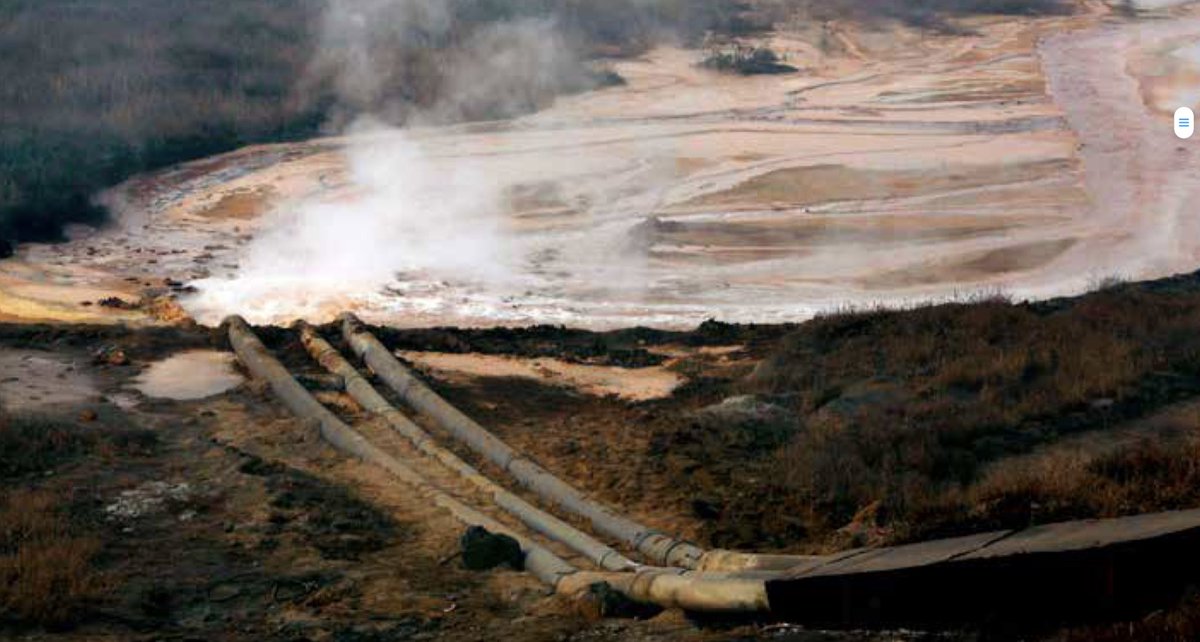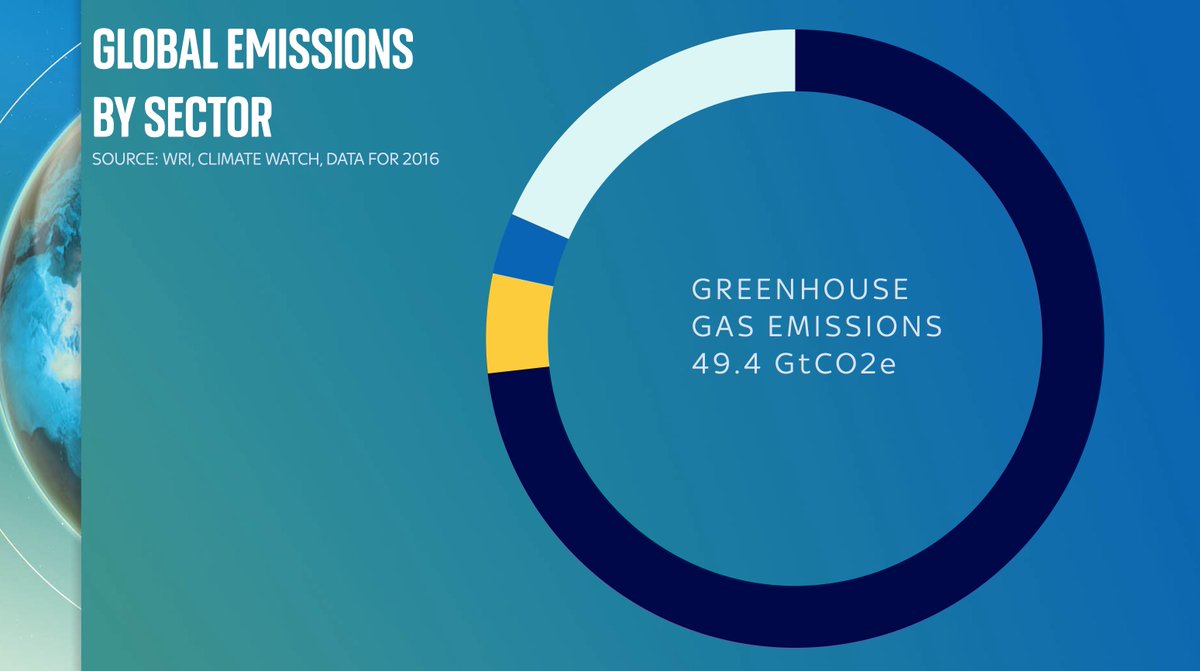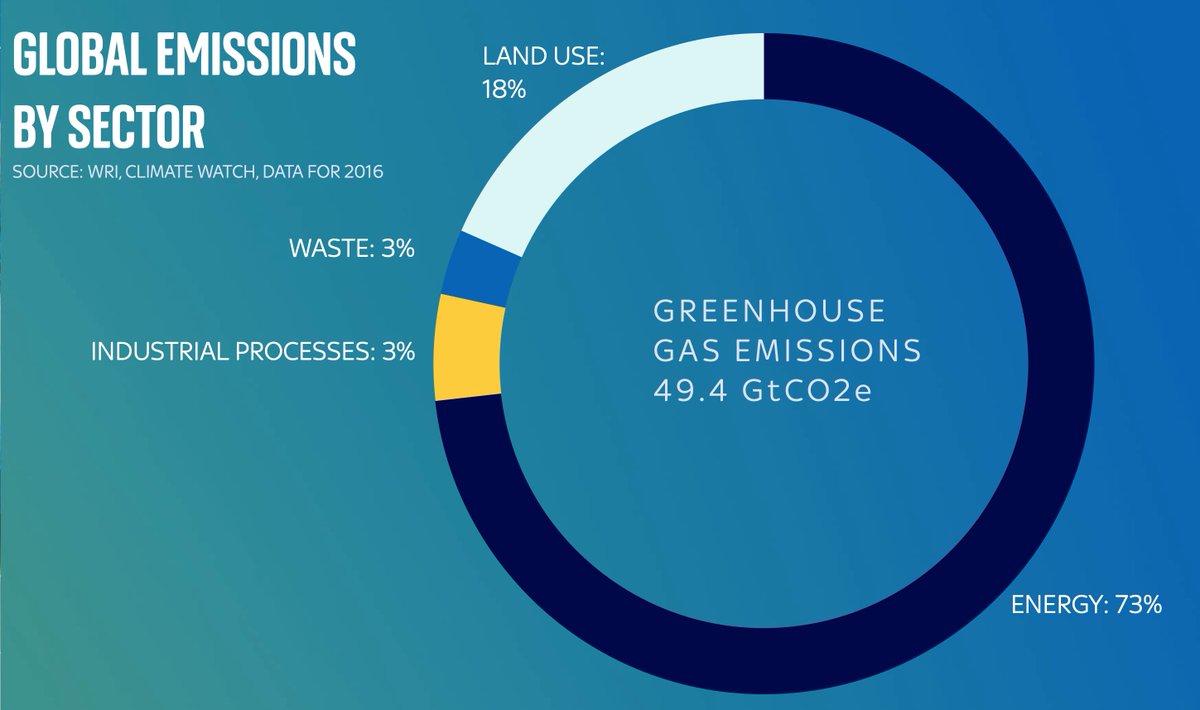
New: @matthancock tells HoC the data behind his claim Pakistan & Bangladesh had positivity 3x higher than India (as per thread 👇)
He says: positivity of passengers “was 1.6% in India and 4.6% in Pakistan, which is three times higher. As I said.”
Finally an answer!
BUT…
He says: positivity of passengers “was 1.6% in India and 4.6% in Pakistan, which is three times higher. As I said.”
Finally an answer!
BUT…
https://twitter.com/EdConwaySky/status/1394361567786016768
While it’s great that the Health Sec has at last provided the data, there are still some oddities.
- First, why didn’t he say anything about Bangladesh?
- Was Bangladesh’s positivity really three times above India’s, as he explicitly claimed on Mon?
He still hasn’t explained this
- First, why didn’t he say anything about Bangladesh?
- Was Bangladesh’s positivity really three times above India’s, as he explicitly claimed on Mon?
He still hasn’t explained this
- Second, why isn’t this data publicly released?
If govt decisions are happening on the basis of key data series then surely there’s a public interest case in making that data public.
As this farago showed, this data is NOT public.
If govt decisions are happening on the basis of key data series then surely there’s a public interest case in making that data public.
As this farago showed, this data is NOT public.
- Third, while @matthancock is right to point out that the data I mentioned on Mon 👇covered a period that includes days after the decision to red-list 🇵🇰 & 🇧🇩, he has’t said when HIS data is from. This is crucial: was it on 2 April? Before? A period avg or daily snapshot?
https://twitter.com/edconwaysky/status/1394361585691471877
There’s a bigger issue here tho.
We know that as of 7 Apr, Indian positivity was close to Pakistan. And well above Bangladesh.
Yet even after that rise (1.6% to 5.1% is a BIG leap) govt still waited for 12 DAYS before red-listing India.
He still hasn’t explained why.
We know that as of 7 Apr, Indian positivity was close to Pakistan. And well above Bangladesh.
Yet even after that rise (1.6% to 5.1% is a BIG leap) govt still waited for 12 DAYS before red-listing India.
He still hasn’t explained why.
Here’s another way of putting it:
● When levels of #COVID19 among passengers from Pakistan hit 4.6%, govt added it to the red list.
● When levels of #COVID19 among passengers from India hit 5.1%, govt waited for nearly a fortnight before adding it to the red list.
● When levels of #COVID19 among passengers from Pakistan hit 4.6%, govt added it to the red list.
● When levels of #COVID19 among passengers from India hit 5.1%, govt waited for nearly a fortnight before adding it to the red list.
• • •
Missing some Tweet in this thread? You can try to
force a refresh










